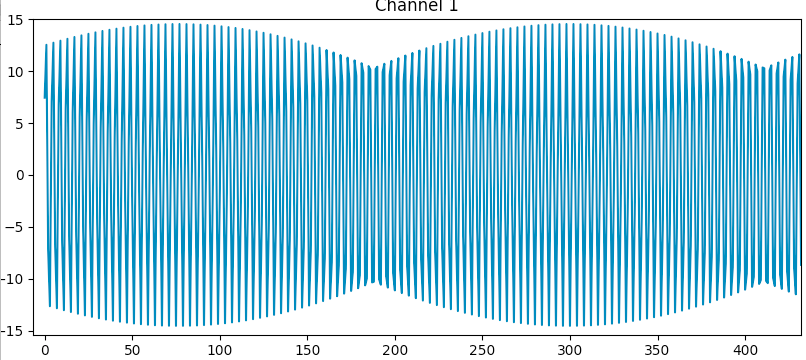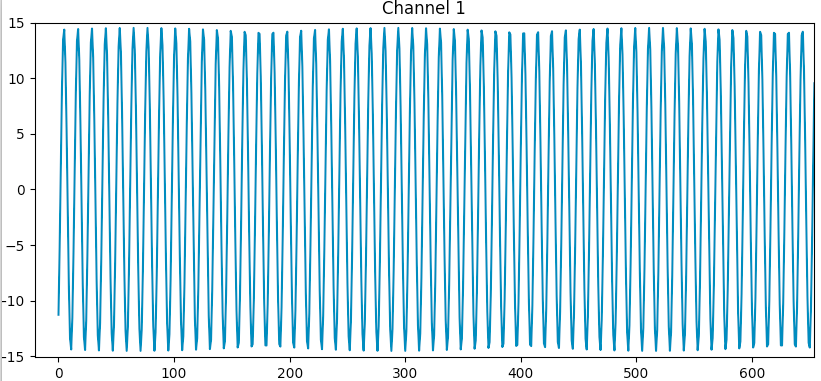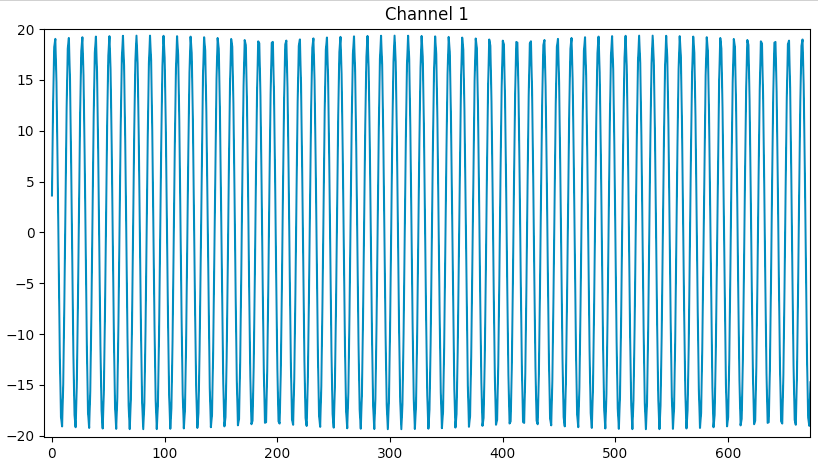On our board we use the ads1274 for doing data acquisition on maximum 4 channels. We see however a problem related to the gain.
When we supply a 10kHz input signal when 1 channel is active we see a constant level/gain when going from a sampling frequency from 30 kHz to 120 kHz.
However when we supply the same input channel on one channel but now with all 4 channels active we see the gain increasing when the sampling frequency is higher then 70 kHz (see table)
Sampling frequency Amplitude of recorded signal (relative)
40k 1.00
50k 1.00
60k 1.00
70k 1.00
75k 1.03
80k 1.06
90k 1.13
100k 1.20
120k 1.34
Is dit a known problem? What could be the reason for this? Can this be avoided and/or compensated?




